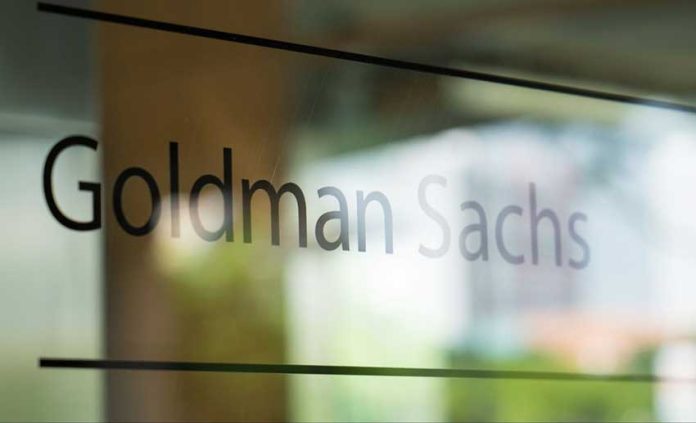Mexico’s economy expanded by just 2% last year, according to official statistics, the lowest GDP growth since 2013.
Data from the National Institute of Statistics and Geography (Inegi) shows that growth has now declined for four consecutive years.
In 2018, the tertiary sector – including retail, tourism and services – was the economy’s savior, contributing 63% of the total GDP of 74.12 trillion pesos (US $3.87 trillion). The sector grew by 2.8% to reach just under 46.9 trillion pesos (US $2.45 trillion).
Manufacturing and other secondary activities including mining and oil production contributed to 29% of GDP but the sector only managed growth of 0.1% compared to 2017 numbers.
According to Inegi’s revised and seasonally adjusted figures, secondary sector production totaled just over 21.6 trillion pesos (US $1.1 trillion).
The primary sector – including agriculture and fishing – performed better in growth terms, expanding by 2.3% to total production of 2.36 trillion pesos (US $123.3 billion).
That figure contributed to 3% of the Mexican economy with the remainder of GDP coming from the collection of taxes.
Overall 2018 growth of 2% was on or about par with forecasts from a range of financial analysts and institutions.
For this year, the International Monetary Fund cut its growth projection by 0.4% last month to 2.1%, citing lower private investment while the Bank of America halved its prediction to just 1%.
Goldman Sachs has now followed suit, cutting its growth outlook for Mexico by 0.2% to 1.5%.
The investment bank’s New York-based Latin American economists said in a note that sluggish global growth, trade tensions between the United States and China and a shift by central banks towards a more dovish policy stance were among the factors that meant 2019 growth in Mexico and other countries in the region will be weaker.
“The late 2018 and early 2019 growth momentum has been weaker than expected across a number of the large economies — Argentina, Brazil, and Mexico,” the note said.
The bank also said that strikes and gasoline shortages in Mexico during the first quarter of 2019 had contributed to slower growth than in the last three months of 2018. Month-long rail blockades in Michoacán cost the economy billions of pesos.
Goldman Sachs economists also pointed to declining petroleum and gas production and a slowdown in the construction sector as other factors that have hampered growth.
In the context of a slowing economy, the economists said that they expected the Bank of México to cut interest rates by 0.75% to 7.5% in the second half of the year.
“We do not rule out the first easing move taking place at the August, or even June meeting, particularly if the growth slump is deeper than expected,” they said.
Source: El Economista (sp), Reuters (sp)
